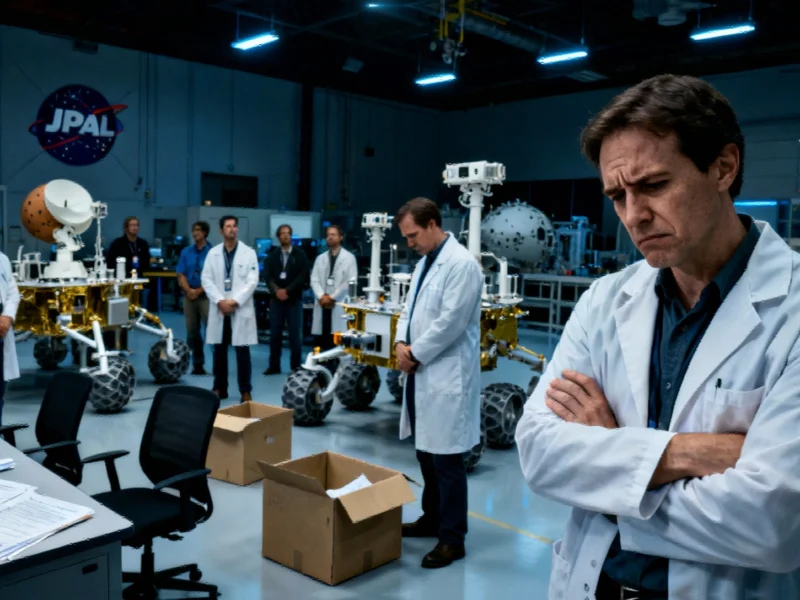According to Aviation Week, the European Space Agency has dropped the Truths climate mission from its €22 billion ($25.5 billion) funding proposal for the next three years. The Traceable Radiometry Underpinning Terrestrial- and Helio-Studies mission failed an internal review despite other programs receiving 400 recommendations to salvage them. The UK-led mission, which would have measured solar and reflected Earth radiation with a planned 2030 launch, lost its UK funding earlier this year. ESA Director General Josef Aschbacher revealed that France, representing approximately 20% of agency funding, faces government turmoil without an agreed 2026 budget, creating significant uncertainty ahead of the November 26-27 ministerial meeting in Bremen. This development signals deeper challenges in Europe’s space science priorities.
Table of Contents
The Critical Climate Measurement Gap
The elimination of Truths represents more than just another canceled satellite program—it creates a significant gap in our understanding of Earth’s energy balance. The mission’s focus on radiometry wasn’t merely about collecting data but establishing a “climate and calibration observatory” that would serve as a benchmark for all other climate satellites. Without this reference standard, the entire global climate monitoring ecosystem loses precision at a time when we need increasingly accurate measurements to track subtle climate changes. The mission’s ability to measure both incoming solar radiation and reflected energy from Earth would have provided the most comprehensive picture yet of our planet’s energy budget—exactly the kind of foundational science needed to validate climate models and inform policy decisions.
The Harsh Reality of Space Budget Politics
What’s particularly revealing about this situation is how it exposes the fragile nature of multinational space funding. The euro-denominated budget process masks underlying political vulnerabilities that can derail critical scientific missions. France’s budgetary uncertainty—coming from a nation that typically contributes around 20% of ESA’s funding—creates a domino effect that forces difficult prioritization decisions. When one major contributor falters, the agency must make cuts somewhere, and climate science missions often become vulnerable because their benefits are long-term rather than immediately visible to politicians seeking short-term wins. This dynamic creates a systematic bias against foundational science in favor of more immediately tangible applications like telecommunications or Earth observation for commercial purposes.
Broader Strategic Implications for European Space
The timing of this cut couldn’t be worse for Europe’s positioning in the global space ecosystem. While NASA continues advancing its climate monitoring capabilities and private companies like Planet Labs deploy constellations of Earth observation satellites, Europe risks falling behind in the critical area of climate science. The loss of Truths creates an opening that other space powers will inevitably fill, potentially leaving European scientists dependent on data from American or Chinese satellites. This dependency carries both scientific and strategic risks, as access to the highest-quality climate data becomes increasingly tied to geopolitical relationships. For a continent that has positioned itself as a global leader on climate action, this retreat from climate measurement capability represents a significant credibility gap.
What Comes Next for European Space Science
The upcoming November ministerial meeting will likely reveal whether this cut represents an isolated incident or the beginning of a broader trend. If member states approve only 90-93% of the proposed €22 billion budget as Aschbacher anticipates, we could see additional science missions facing delays or cancellation. The real test will be whether European nations can coordinate their space ambitions amid divergent national priorities and budget constraints. The silver lining might be that this cancellation forces a necessary conversation about how to make multinational space science more resilient to political and budgetary shocks—perhaps through more flexible funding mechanisms or greater involvement from the commercial sector in scientific missions that serve both public and private interests.



